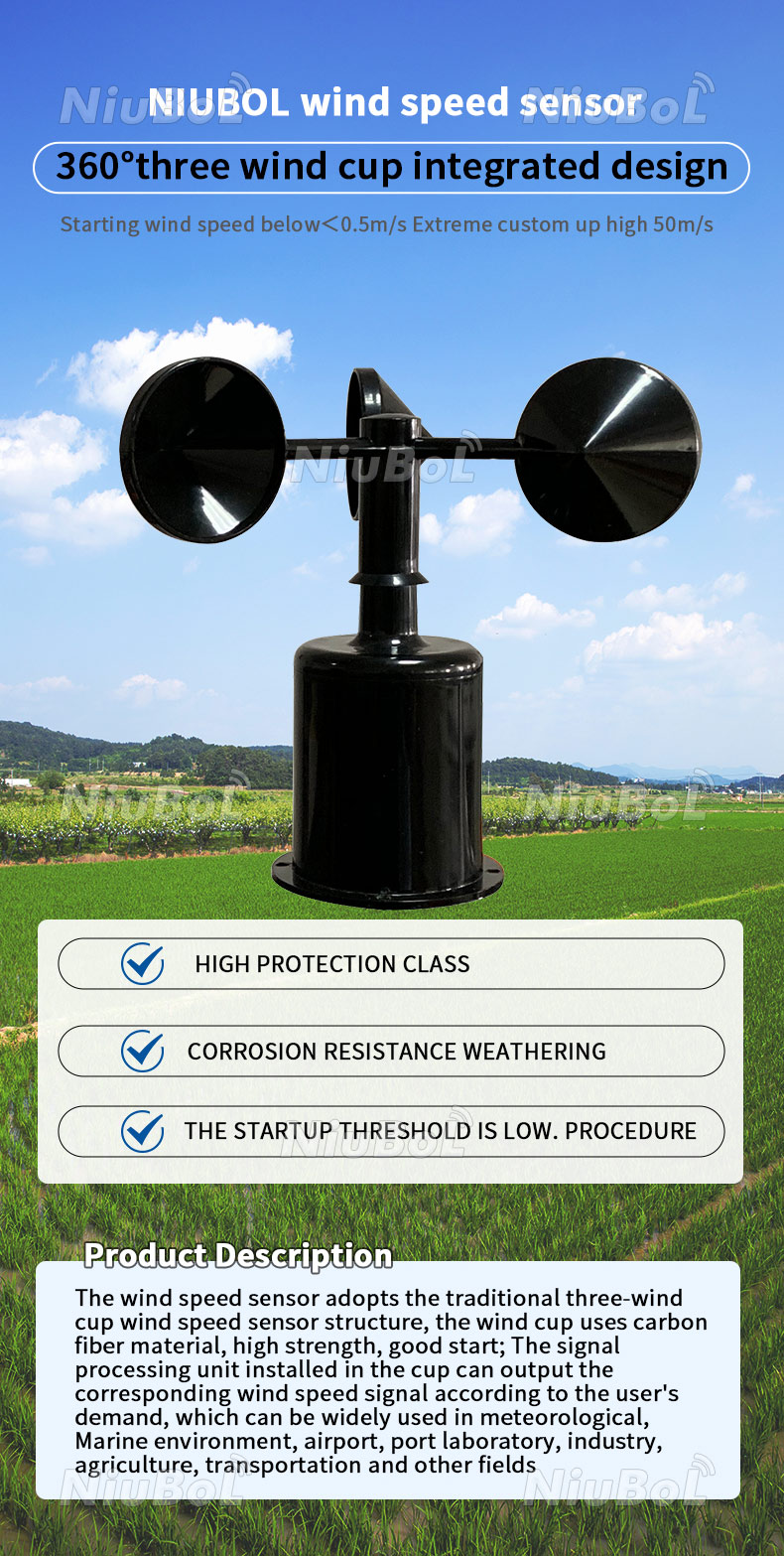Anemometer Innovations: The Most Up To Date Innovation for Wind Rate Measurement
Anemometer Innovations: The Most Up To Date Innovation for Wind Rate Measurement
Blog Article
All You Required to Know Regarding Anemometers: How They Work, Why They Matter, and Where to Use Them
Anemometers, though typically ignored in the world of scientific instruments, play a critical role in different areas, supplying useful understandings into wind speed and air flow patterns. As we dig right into the complexities of anemometer innovation, we will certainly discover the internal operations of these devices, their importance, and the key considerations when picking the best anemometer for certain applications.

Anemometer Basics
A necessary instrument made use of to gauge wind rate and instructions, the anemometer plays an essential role in meteorology and numerous markets. An anemometer generally consists of three or four mugs that revolve in the wind, a vane that directs into the wind, and sensors to track the turnings or motions. By determining the rotations or movements over a details time period, the anemometer can identify wind speed. The vane aids figure out wind direction by pointing right into the wind, supplying important data for weather forecasting, aviation, maritime operations, environmental tracking, and wind energy applications.
There are different kinds of anemometers offered, consisting of cup anemometers, vane anemometers, hot-wire anemometers, and sonic anemometers, each with its one-of-a-kind functions and applications. Mug anemometers are generally utilized for basic wind speed measurements, while vane anemometers are liked for directional dimensions. Hot-wire anemometers appropriate for reduced airspeeds, and sonic anemometers are excellent for high-precision measurements in research study and commercial setups. Recognizing the essentials of anemometers is important for exact wind data collection and evaluation throughout different industries.
Principles of Anemometer Operation
Structure on the fundamental understanding of anemometer essentials, the concepts of anemometer procedure illuminate the auto mechanics behind wind speed and direction measurements. Cup anemometers, for circumstances, have three or even more mugs that record the wind, creating them to spin much faster as the wind speed increases. Hot-wire anemometers count on a warmed wire that cools down as wind passes over it, with the rate of cooling determining the wind rate.
Importance of Anemometers
Anemometers play a critical duty in measuring wind speed and direction, offering necessary data for weather forecasting, environment research studies, environmental monitoring, and aviation procedures. Meteorologists depend on anemometers to collect exact wind information, assisting them recognize weather patterns, predict storms, and concern timely warnings to the public. Wind ranch drivers utilize anemometers to assess wind conditions and make the most of electrical power production from wind generators.
Applications Across Various Industries
Applications of anemometers cover across diverse markets, showcasing their convenience and energy beyond meteorology. In the renewable resource field, anemometers play a crucial duty in evaluating wind problems for wind ranch positionings, making sure optimal power manufacturing. Industries like building and construction and mining use anemometers to check wind rates, essential for safety methods, especially when operating at heights or in open-pit mines where solid winds can pose dangers. Anemometers are likewise important in the aviation market, assisting pilots in understanding airspeed and wind try these out instructions for safe take-offs and landings. The maritime market gain from anemometers for ship navigating, aiding sailors expect weather modifications and readjust paths accordingly. In farming, anemometers aid farmers in managing plant splashing by offering real-time information on wind rate to avoid drift. Anemometers locate applications in Cooling and heating systems to enhance air movement and boost energy efficiency in structures. Check This Out The diverse use situations of anemometers highlight their importance across different markets, highlighting their indispensable function in boosting functional safety and security and performance (anemometer).

Choosing the Right Anemometer for Your Requirements
Choosing the ideal anemometer customized to your particular needs is essential for getting accurate wind speed and instructions dimensions. When choosing an anemometer, think about elements such as the intended application, needed dimension range, ecological conditions, and wanted attributes. For general functions, a mug anemometer appropriates for gauging wind speed, while a vane anemometer offers wind direction data. Hot-wire anemometers are excellent for reduced airspeed dimensions, and ultrasonic anemometers use high accuracy and durability.

Verdict
Finally, anemometers play a critical role in measuring wind rate and direction across different markets. Recognizing the concepts of anemometer procedure is vital for selecting the right device for certain requirements. From weather forecasting to air travel, anemometers are important tools for collecting precise information and ensuring security in different applications. It is essential to think about the relevance of anemometers in order to make educated choices when selecting one of the most appropriate tool for determining wind problems.
There are various kinds of anemometers readily available, consisting of mug anemometers, vane anemometers, hot-wire anemometers, and sonic anemometers, each with its distinct attributes and applications. Mug anemometers are commonly used for standard wind rate dimensions, while vane anemometers are chosen for directional dimensions. Hot-wire anemometers are appropriate for low airspeeds, and sonic anemometers are optimal for high-precision measurements in research study and industrial setups.Structure on the fundamental understanding of anemometer fundamentals, the principles of anemometer procedure clarify the mechanics behind wind speed and useful reference direction dimensions. For basic objectives, a mug anemometer is ideal for determining wind speed, while a vane anemometer provides wind instructions information.
Report this page